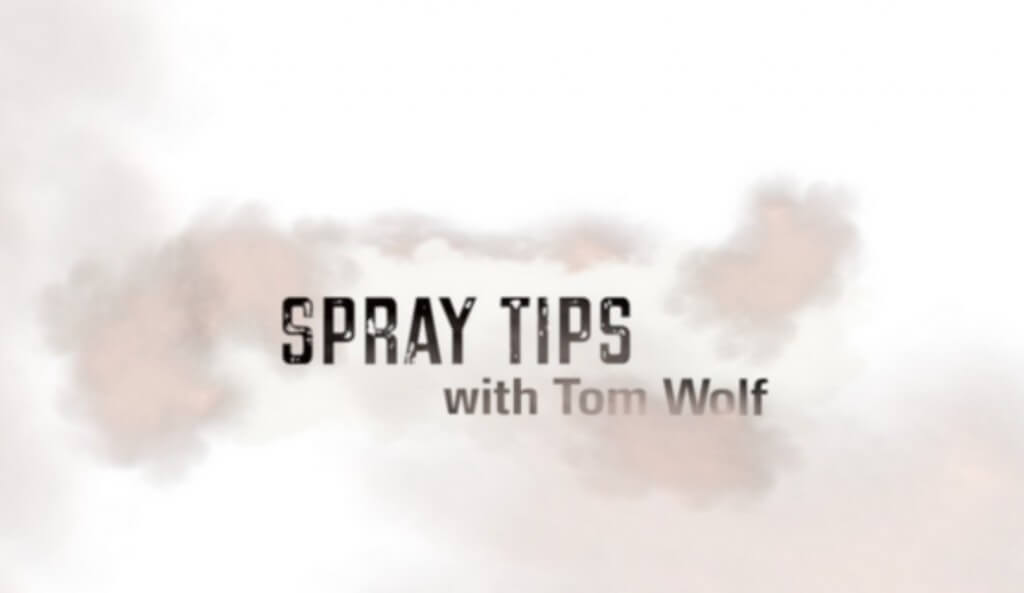
Some pesticide labels require or prohibit certain droplet sizes to reduce the potential for drift. But, even when labels are silent about size restrictions, operators should be aware of the potential for droplet size to affect coverage. In the case of airblast, droplets should be: large enough to survive evaporation between nozzle and target. small […]
Read More… from How Airblast Spray Droplets Behave (or Misbehave)


